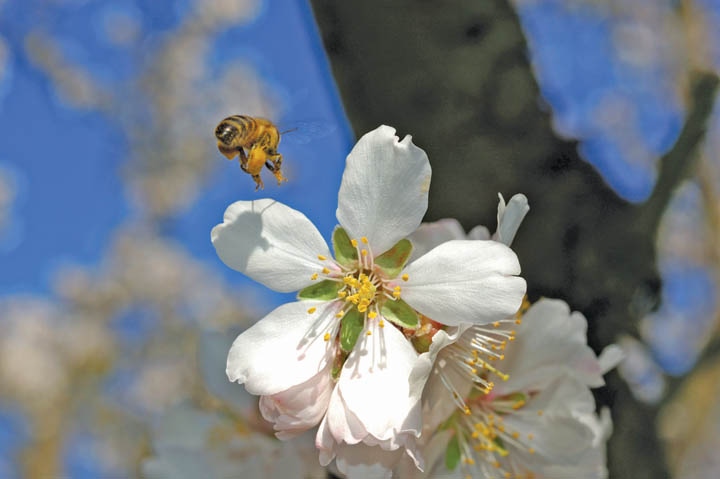June 4, 2013

EPA has issued an inspection guidance to help state regulators determine whether pesticides are responsible for specific incidents of bee kills. The guidance is expected to increase state investigations of bee deaths and provide EPA with important data on the role of pesticides in incidents for use in future risk assessments. EPA considers pesticides as only one of a number of factors in the overall decline in bee populations seen nationwide since 2006.
The EPA guidance gives advice on inspecting hives, collecting and handling of samples used for analysis, and surveying farmland near beehives for pesticide use. Collecting weather data and wind direction can help guide a regulator’s search for possible locations of pesticide application, and online tools such as Google maps can provide aerial photos of surrounding fields, the guidance says.
The guidance also addresses interviews with beekeepers and advises regulators on collecting documentation including pesticide application records, pesticide product labels and statements from the applicators themselves that the label is for the pesticide that actually was used. In the guidance's statement of purpose, EPA says, "The data gathered in these types of inspections will help determine if the death of the bees was associated with the legal or illegal use of a pesticide."
The new guidance is expected to play an important role in determining the role pesticides may play in bee deaths. EPA's push for better data on bee kills possibly linked to pesticides comes as 1) the European Commission has suspended the use of several neonicotinoid pesticides and 2) some environmental groups are calling on EPA to take similar action against neonicotinoids, which they say may threaten bees.
More from Western Farm Press
Honey bees a landmine solution?
15 must-ask questions before buying farmland
8 keys to a better wine grape grower contract
Cliff Young — the farmer who outran the field
Almond growers groom $3 billion crop
About the Author(s)
You May Also Like




